Historic inventions created by women
Throughout history, women have been behind some of the most innovative and life-changing inventions. Despite facing numerous challenges and often not receiving the recognition they deserve, these women have made significant contributions to various fields.
From household conveniences to groundbreaking scientific advancements, their inventions have shaped our modern world in ways we often take for granted. It’s time to celebrate these remarkable women and their enduring legacies.
The First Monopoly: Elizabeth Magie’s “The Landlord’s Game”
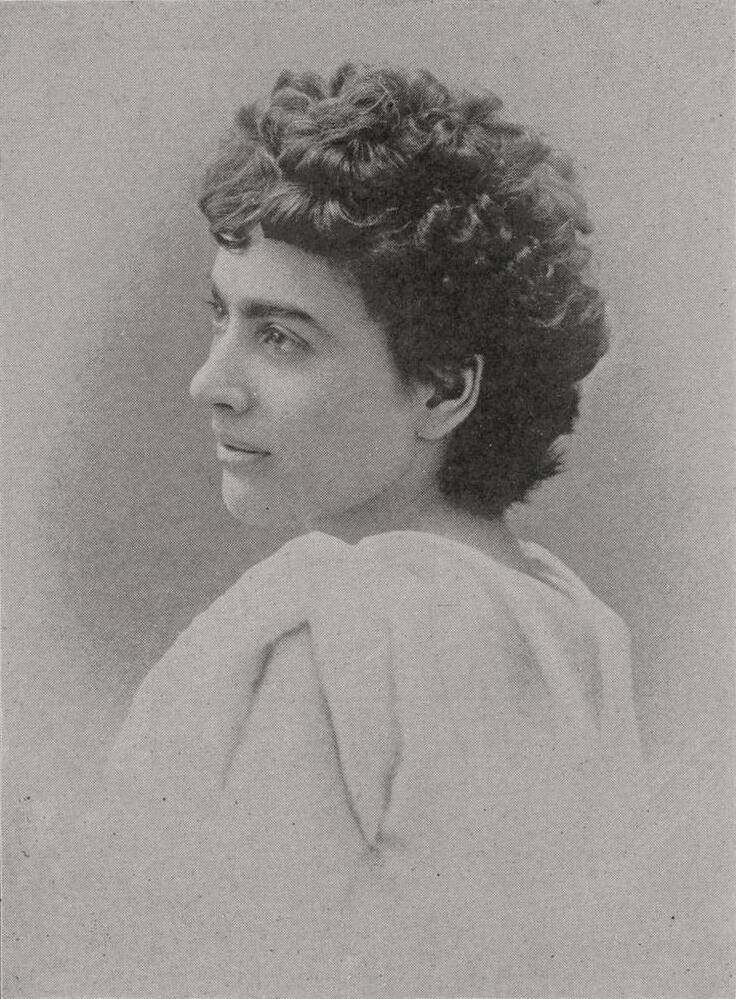
Before Parker Brothers made Monopoly a household name, Elizabeth Magie introduced the world to The Landlord’s Game in 1904. Magie designed this game to highlight the economic consequences of land monopolism, promoting the idea of land value taxation.
Her game featured a familiar square board, properties to buy, and even a jail space. It was intended as an educational tool, but its principles laid the groundwork for the Monopoly game we know today.
The Paper Bag Machine: Margaret Knight’s Revolutionary Design
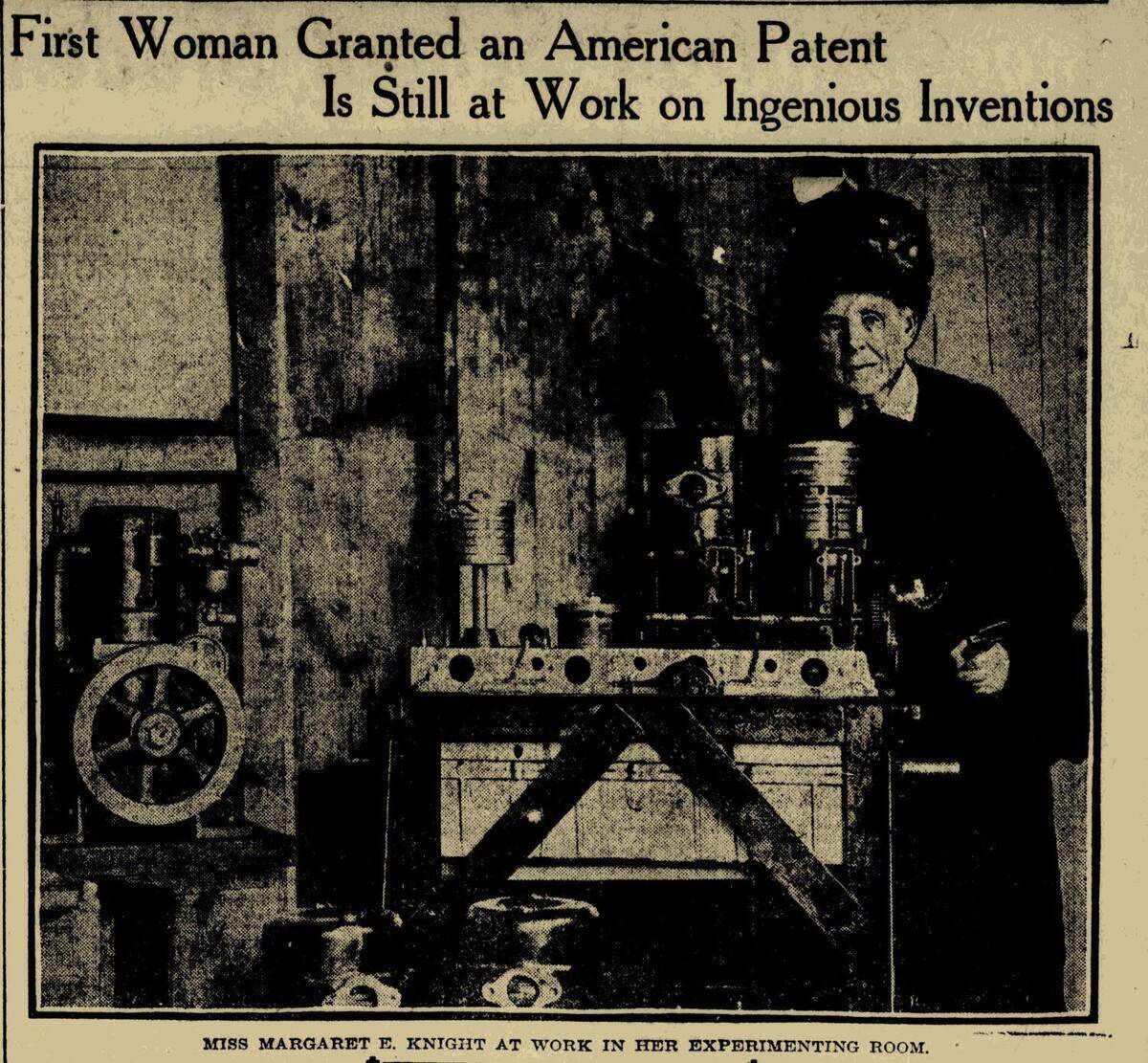
Margaret Knight, often hailed as the ‘woman Edison,’ invented a machine in 1868 that transformed flat-bottomed paper bags into a staple of everyday commerce. Her design was so effective that it remains the standard for paper bag production today.
Knight faced significant challenges, including a legal battle against a man who tried to patent her invention, claiming that a woman couldn’t have created such a machine (whether he actually said this has since been disputed). She won the case, securing her place in history.
The Invisible Glass: Katharine Burr Blodgett’s Non-Reflective Coating
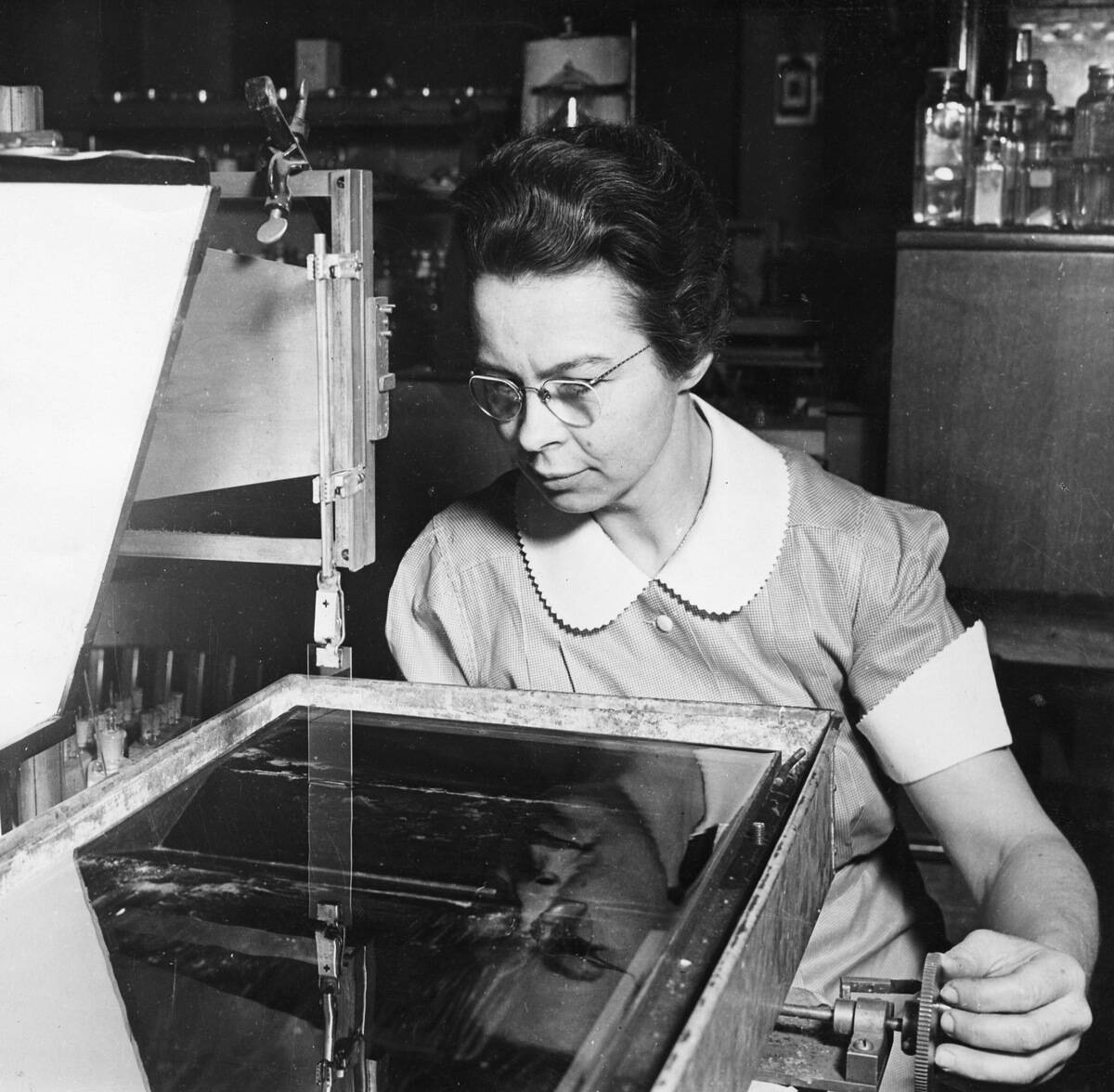
In 1938, Katharine Burr Blodgett developed the first non-reflective, or ‘invisible,’ glass, revolutionizing optics and photography. Working at General Electric, Blodgett created a monomolecular coating that reduced glare and reflections on glass surfaces.
This groundbreaking invention found applications in camera lenses, microscopes, and even on Hollywood film sets, forever changing how we see and capture the world.
The Circular Saw: Tabitha Babbitt’s Cutting-Edge Contribution
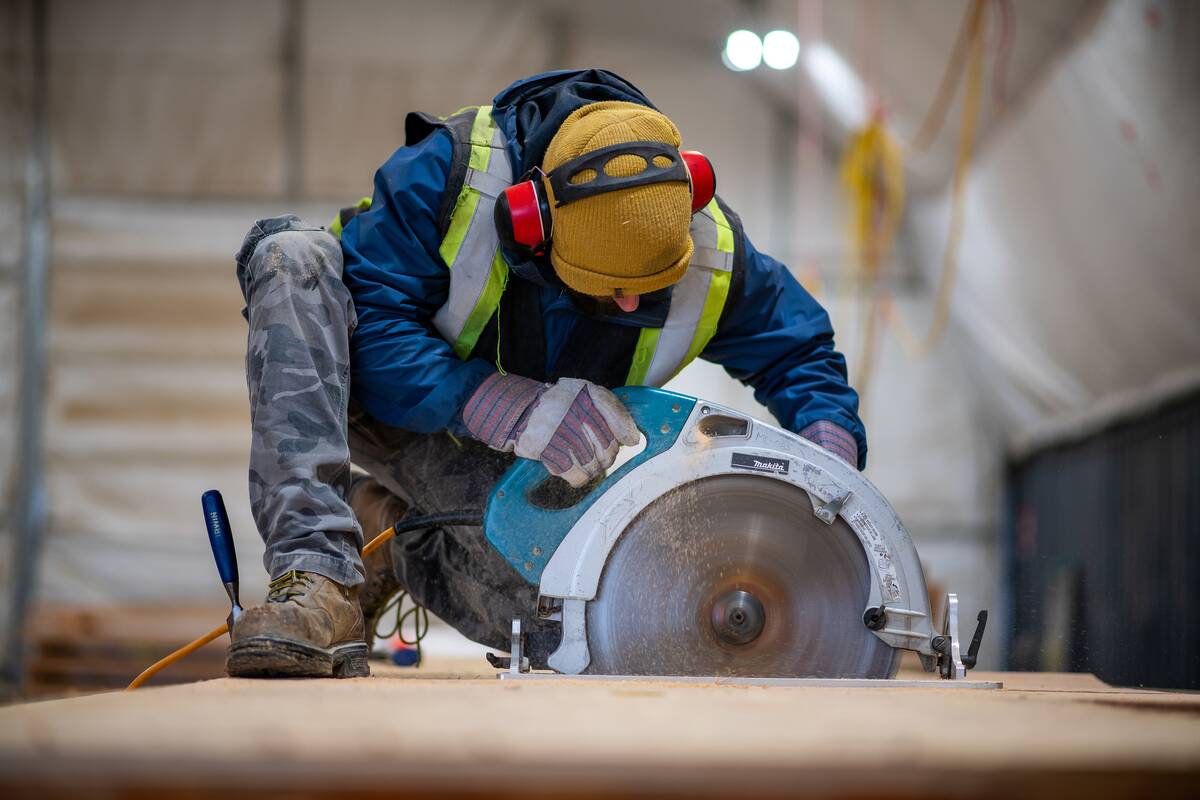
Tabitha Babbitt, a Shaker community member in the early 19th century, introduced the first circular saw in 1813. Before her invention, cutting logs was a labor-intensive task using two-man pit saws.
Babbitt’s circular saw design made the process more efficient and less physically demanding. Although she never patented her idea, her contribution significantly impacted timber processing and remains a vital tool in woodworking.
The Dishwasher: Josephine Cochrane’s Solution for Clean Dishes
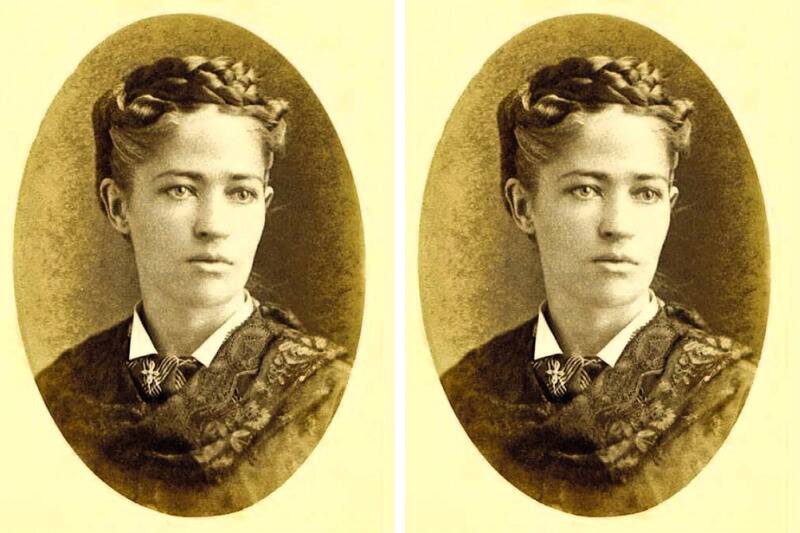
Frustrated by chipped dishes and inefficient cleaning methods, Josephine Cochrane invented the first practical dishwasher in 1886. Cochrane’s machine used water pressure to clean dishes, a revolutionary concept that catered to both households and commercial kitchens.
She unveiled her invention at the 1893 Chicago World’s Fair, earning accolades for its efficiency. Her company eventually evolved into the well-known kitchen appliance brand, KitchenAid.
The Fire Escape: Anna Connelly’s Life-Saving Invention

Anna Connelly’s fire escape design, patented in 1887, provided a critical safety feature for multi-story buildings. Her invention included an external staircase, offering a reliable escape route during emergencies.
Prior to this, fire-related fatalities were alarmingly common due to the lack of effective evacuation methods. Connelly’s fire escape became a mandatory feature in building codes, highlighting her profound impact on public safety.
Kevlar: Stephanie Kwolek’s Bullet-Proof Creation
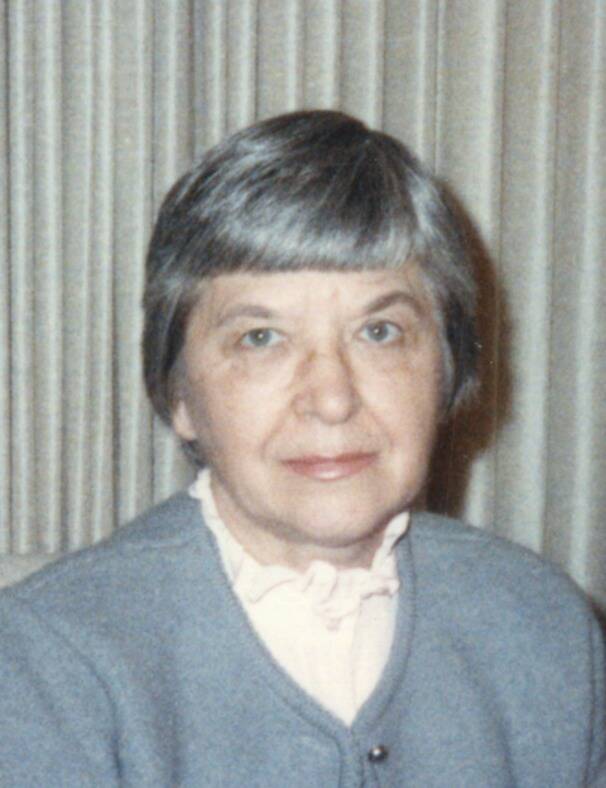
In 1964, chemist Stephanie Kwolek discovered Kevlar, a lightweight yet incredibly strong synthetic fiber. Initially developed while searching for a new lightweight material for car tires, Kevlar’s potential quickly expanded.
Its high tensile strength-to-weight ratio made it ideal for bulletproof vests and numerous other applications, including sports equipment and space technology. Kwolek’s invention has saved countless lives and remains a staple in protective gear.
The Computer Algorithm: Ada Lovelace’s Pioneering Work
![Portrait Of [redacted]](https://media.tellmebest.com/wp-content/uploads/2023/08/portrait-of-ada-byron-24732.jpeg)
Ada Lovelace, often regarded as the world’s first computer programmer, worked alongside Charles Babbage on his Analytical Engine in the mid-1800s. Her notes included what is considered the first algorithm intended for machine processing.
Lovelace foresaw the potential of computers to perform more than just calculations, imagining a future where they could create music and art. Her visionary insights laid the groundwork for modern computing.
Wireless Communication: Hedy Lamarr’s Frequency-Hopping Spread Spectrum
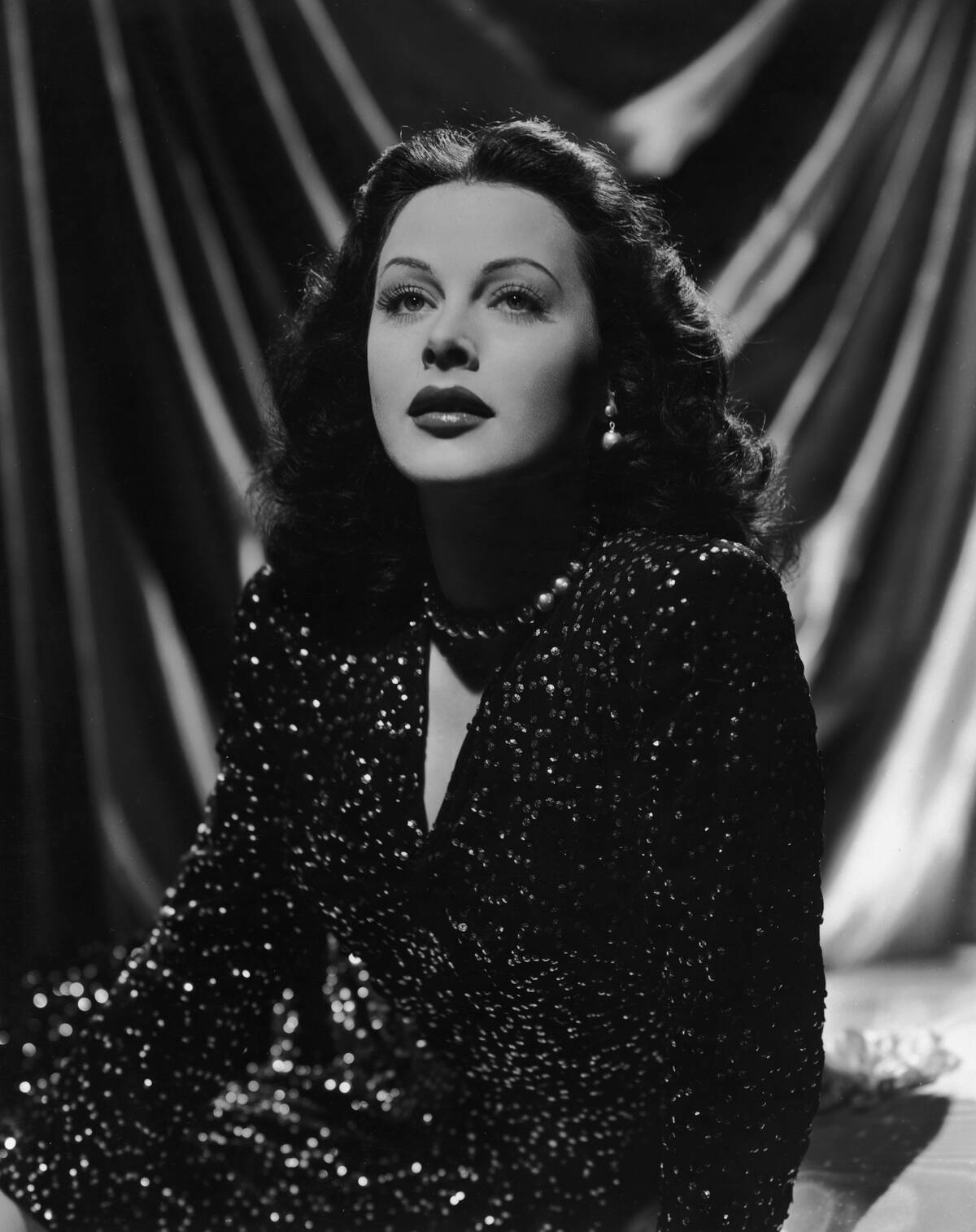
Hollywood star Hedy Lamarr, alongside composer George Antheil, invented a frequency-hopping system during World War II, aiming to prevent torpedo jamming. Patented in 1942, their technology used rapidly changing frequencies to secure communications.
Though initially overlooked, their innovation became a precursor to modern wireless technologies, including Bluetooth and Wi-Fi. Lamarr’s remarkable dual career highlights her as both a screen legend and a technological trailblazer.
The Folding Cabinet Bed: Sarah E. Goode’s Space-Saving Solution
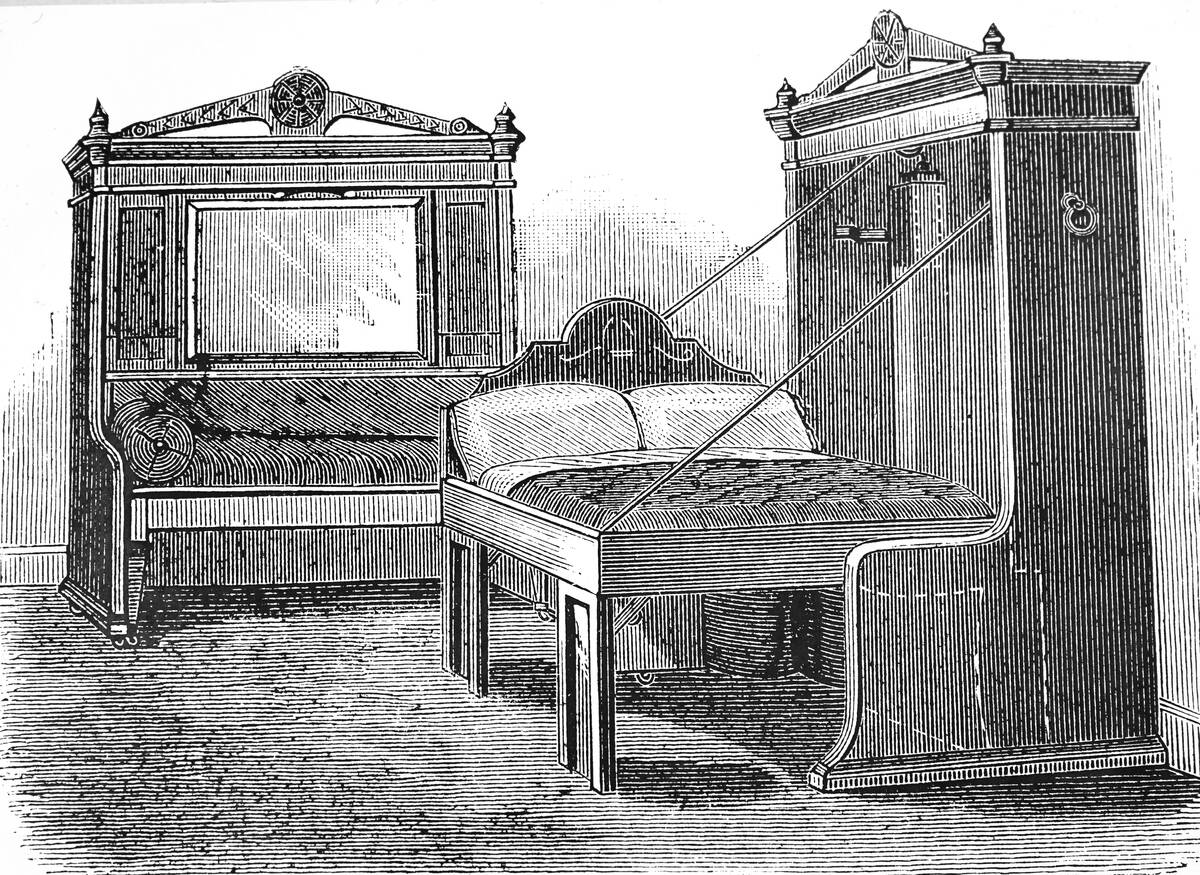
Sarah E. Goode, one of the first African American women to receive a U.S. patent, invented the folding cabinet bed in 1885. Living in compact urban environments inspired her to create a bed that could double as a desk or cabinet, optimizing space in small apartments.
Goode’s innovation paved the way for modern space-saving furniture, making her a pioneer in urban living solutions long before tiny homes became a trend.
The Car Heater: Margaret A. Wilcox’s Cozy Innovation
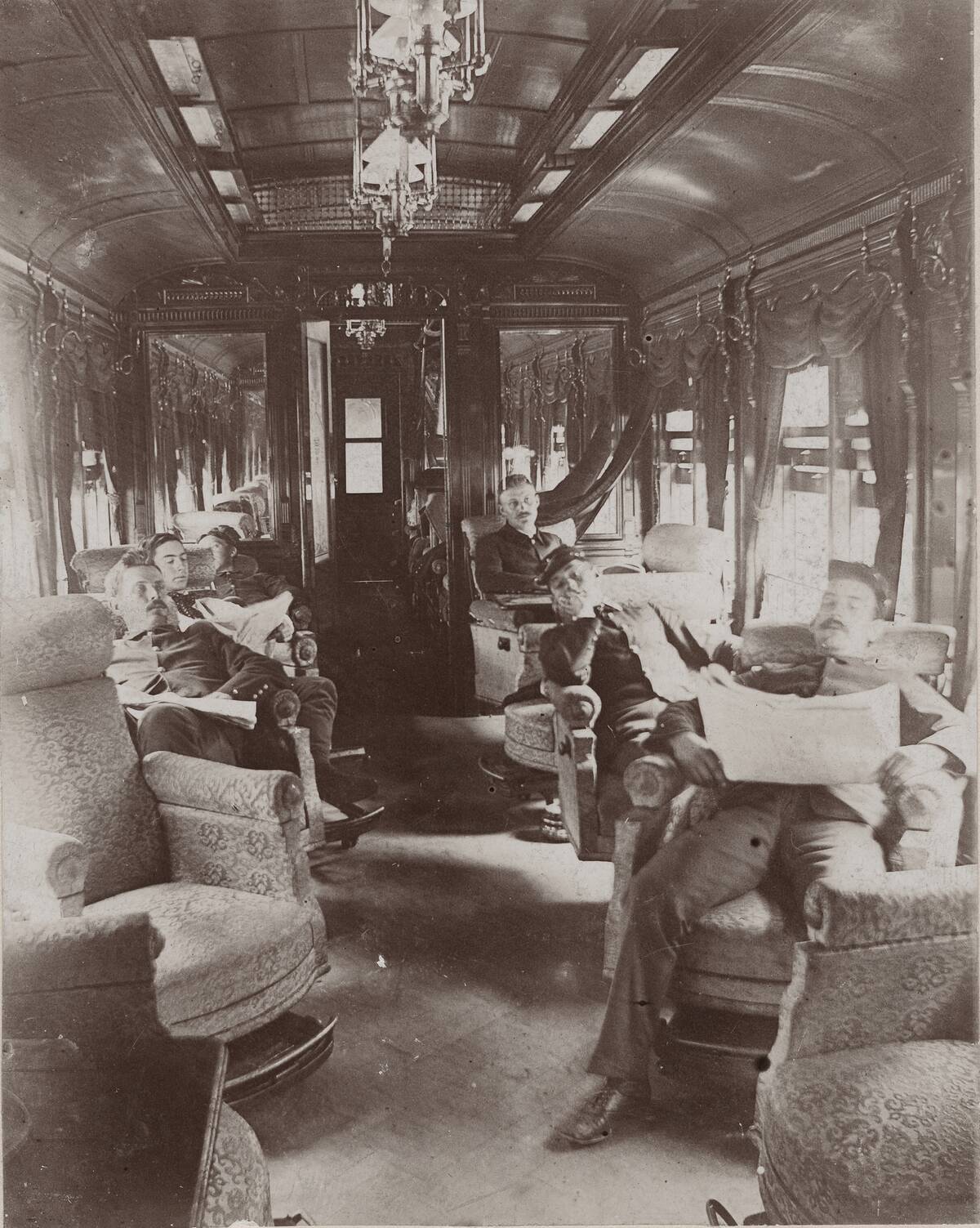
Margaret A. Wilcox, an engineer in the 19th century, designed one of the first car heaters in 1893 for use in Chicago rail cars like the one pictured. Her invention redirected engine heat into the vehicle interior, providing warmth to passengers.
This innovation marked a significant step towards modern automobile comfort, making cold-weather travel more bearable. Wilcox’s car heater laid the groundwork for today’s sophisticated climate control systems found in vehicles worldwide.
The Ice Cream Maker: Nancy Johnson’s Hand-Cranked Delight
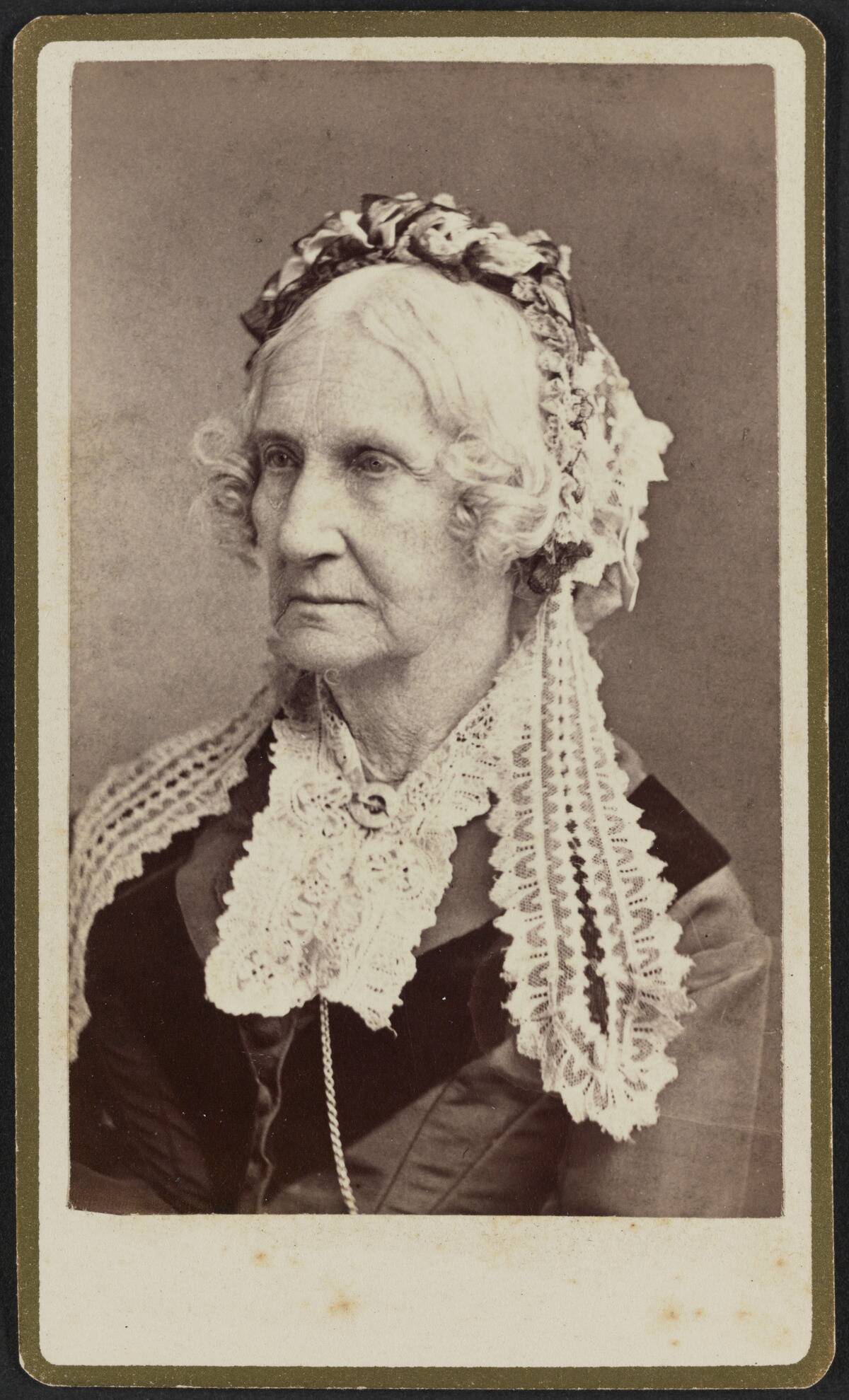
In 1843, Nancy Johnson revolutionized dessert preparation with her hand-cranked ice cream maker. Before her invention, making ice cream was labor-intensive and time-consuming.
Johnson’s design included a crank and dasher system that allowed for smooth, creamy results without the need for manual stirring. Her invention democratized ice cream production, making it more accessible and paving the way for the frozen treats we enjoy today.
The Foot-Pedal Trash Can: Lillian Gilbreth’s Practical Touch

Lillian Gilbreth, an industrial psychologist and engineer, introduced the foot-pedal trash can in the early 20th century. Her design allowed for hands-free operation, improving hygiene and convenience in waste disposal.
Gilbreth’s work extended beyond this invention, as she was a pioneer in ergonomics and efficiency, contributing to kitchen designs and the study of time management. Her practical innovations continue to influence everyday convenience.
The Signal Flare: Martha Coston’s Bright Idea
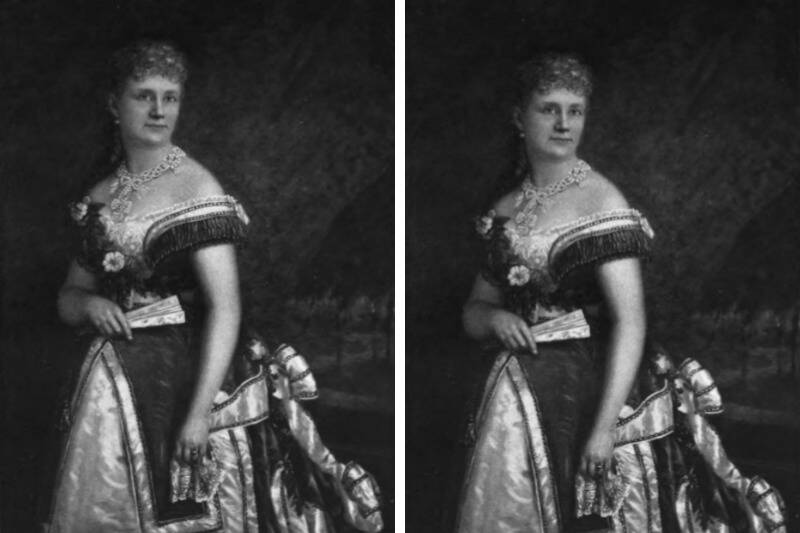
Martha Coston’s invention of the signal flare in the mid-19th century provided a crucial means of communication at sea. After her husband’s death, Coston discovered his incomplete plans for a pyrotechnic signaling system and worked tirelessly to develop it.
Her flares, patented in 1859, became standard equipment for the U.S. Navy and other maritime organizations. Coston’s invention improved safety and coordination, saving countless lives in naval operations.



